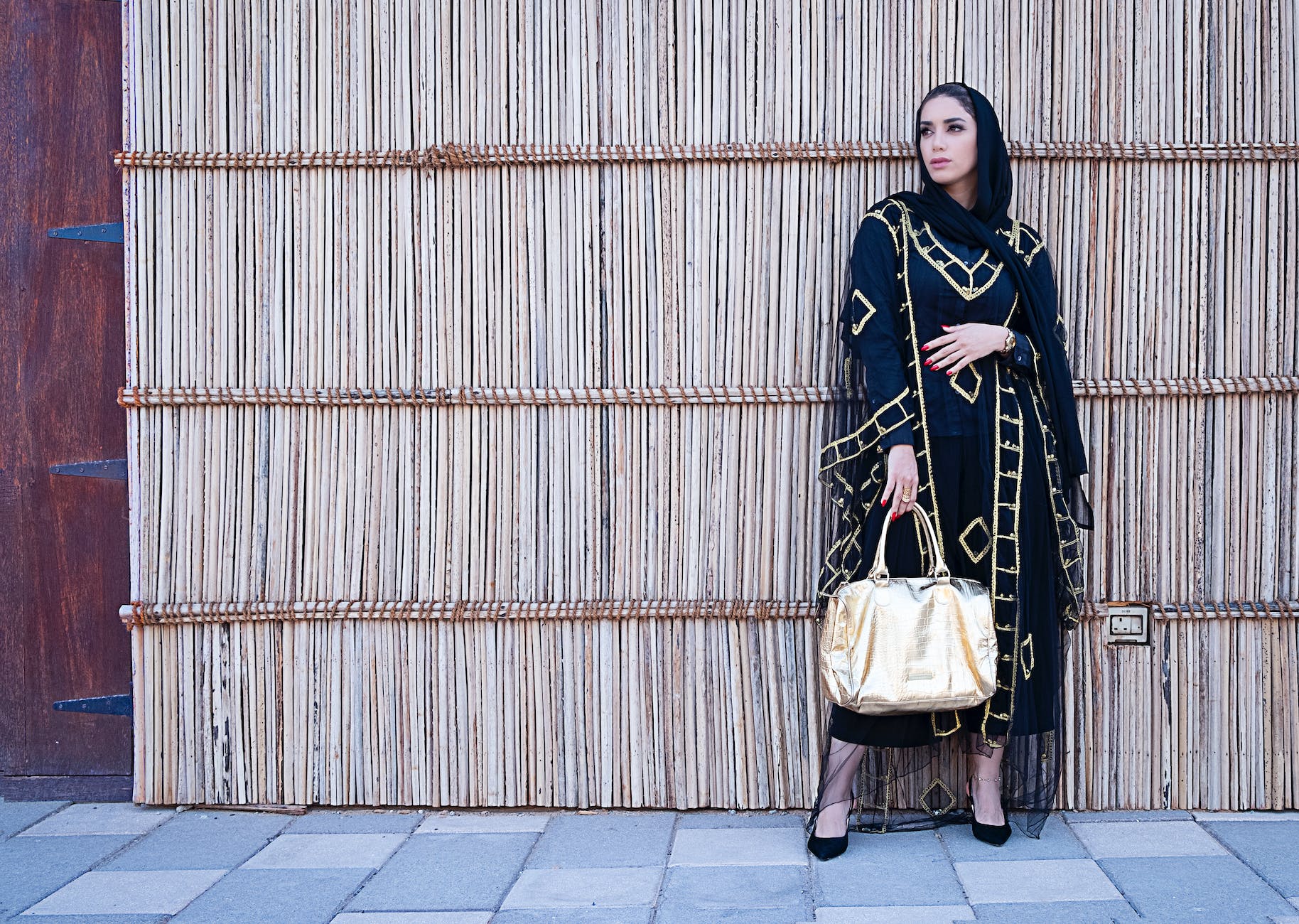This dress is called an abaya!
The French minister of education has said that it will no longer be possible to wear it in public schools.
But what is the abaya?
It is a long tunic from the Middle Eastern tradition that is worn by women over their clothes and, moreover, according to many people it is not a religious dress.
In fact, many tests are circulating on social media to show how difficult it is to distinguish between an abaya and a couture dress.
And why did the minister ban it?
Because since 2004 France has had a law on secularism in schools, which prohibits the display of religious clothing and symbols in the classroom.
This includes, for example, any kind of Islamic headscarf, the Jewish yarmulke or necklaces with conspicuous crosses.
The law came about after two high school girls refused to remove their headscarves in class a few years earlier.
In fact, as much as the goal of the law is not to make one’s religious affiliation, whatever it may be, recognisable, in fact, the public debate is almost always about symbols of the Muslim religion, which is practised by a growing community of people in France, and what Muslim women in particular can or cannot wear.
Supporters of the law say it serves to combat radicalisation and free them from familial religious imposition.
Opponents that once again it is someone else, religion or state, deciding on women’s bodies.
Now, what secularity of the state means, however, varies from country to country.
There are those who argue, like the United States, that the secularity of a state is measured not so much in prohibiting the display of religious symbols, but in the clear separation between the state and religious denominations.
And thus allowing and protecting anyone who wants to express their faith while respecting others.
At least in theory.
In fact, according to the University of California, at least 230 anti-Muslim bills have been introduced in the United States since 2010.
What about in Italy?
Ours is by constitution a secular state and allows religious clothing to be worn in the classroom.
But we have all seen only one symbol hanging in the classroom: The crucifix, the legitimacy of which moreover was sanctioned by the European Court in Strasbourg. The Court pointed out that the crucifix is primarily a religious symbol, but that there is no evidence that seeing it on the walls of a classroom can influence pupils.
Again, there are those who see the crucifix in the classroom as a symbol of our tradition and that precisely to be inclusive it should remain hanging on the wall, but also those who experience it as an imposition of one religion on others.
A sign that the secularity of the state is an important issue, but one whose implementation is still to be discussed for many countries.
This dress is called an abaya!
The French minister of education has said that it will no longer be possible to wear it in public schools.
But what is the abaya?
It is a long tunic from the Middle Eastern tradition that is worn by women over their clothes and, moreover, according to many people it is not a religious dress.
In fact, many tests are circulating on social media to show how difficult it is to distinguish between an abaya and a couture dress.

And why did the minister ban it?
Because since 2004 France has had a law on secularism in schools, which prohibits the display of religious clothing and symbols in the classroom.
This includes, for example, any kind of Islamic headscarf, the Jewish yarmulke or necklaces with conspicuous crosses.
The law came about after two high school girls refused to remove their headscarves in class a few years earlier.
In fact, as much as the goal of the law is not to make one’s religious affiliation, whatever it may be, recognisable, in fact, the public debate is almost always about symbols of the Muslim religion, which is practiced by a growing community of people in France, and what Muslim women in particular can or cannot wear.
Supporters of the law say it serves to combat radicalisation and free them from familial religious imposition.
Opponents that once again it is someone else, religion or state, deciding on women’s bodies.
Now what secularity of the state means, however, varies from country to country.
There are those who argue, like the United States, that the secularity of a state is measured not so much in prohibiting the display of religious symbols, but in the clear separation between the state and religious denominations.
And thus allowing and protecting anyone who wants to express their faith while respecting others.
At least in theory.
In fact, according to the University of California, at least 230 anti-Muslim bills have been introduced in the United States since 2010.
What about in Italy?
Ours is by constitution a secular state and allows religious clothing to be worn in the classroom.
But we have all seen only one symbol hanging in the classroom: The crucifix, the legitimacy of which moreover was sanctioned by the European Court in Strasbourg. The Court pointed out that the crucifix is primarily a religious symbol, but that there is no evidence that seeing it on the walls of a classroom can influence pupils.
Again, there are those who see the crucifix in the classroom as a symbol of our tradition and that precisely to be inclusive it should remain hanging on the wall, but also those who experience it as an imposition of one religion on others.
A sign that the secularity of the state is an important issue, but one whose implementation is still to be discussed for many countries.

This post is a translation from Silvia Boccardi’s video on instagram.


Leave a Reply